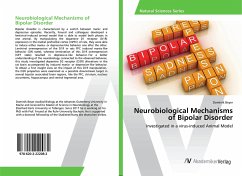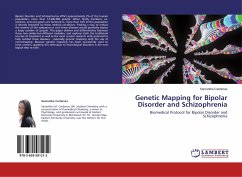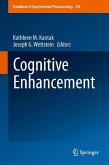Bipolar disorder is characterized by a switch between manic and depressive episodes. Recently, Freund and colleagues developed a lentiviral-induced animal model that is able to model both phases in one animal. By manipulating the dopamine D1 receptor (D1R) expression in the medial prefrontal cortex (mPFC) of rats, they were able to induce either mania- or depressive-like behavior one after the other. Lentiviral overexpression of the D1R in rats PFC induced mania-like behavior (ON state), whereas termination of this D1R overexpression (OFF state) resulted in depressive-like behavior. For a better understanding of the neurobiology connected to the observed behavior, this study investigated dopamine D2 receptor (D2R) alterations in the rat brain accompanied by induced mania- or depressive-like behavior. To obtain a first insight view on the impact of this D1R manipulation, the D2R properties were examined as a possible downstream target in several bipolar associated brain regions, like the PFC, striatum, nucleus accumbens, hippocampus and ventral tegmental area.
Bitte wählen Sie Ihr Anliegen aus.
Rechnungen
Retourenschein anfordern
Bestellstatus
Storno








